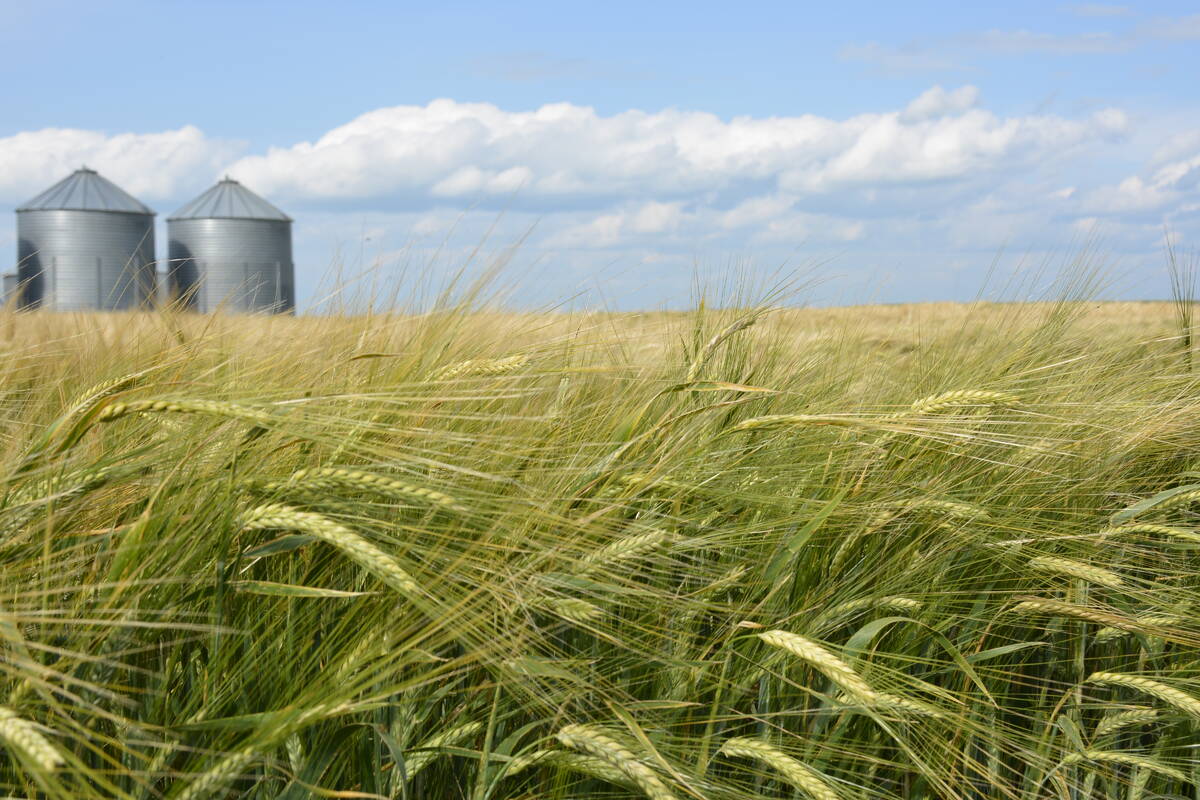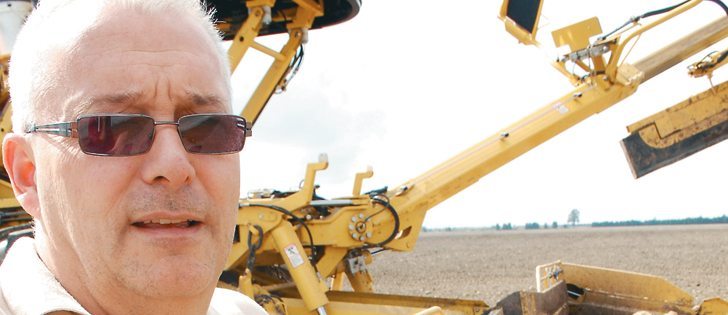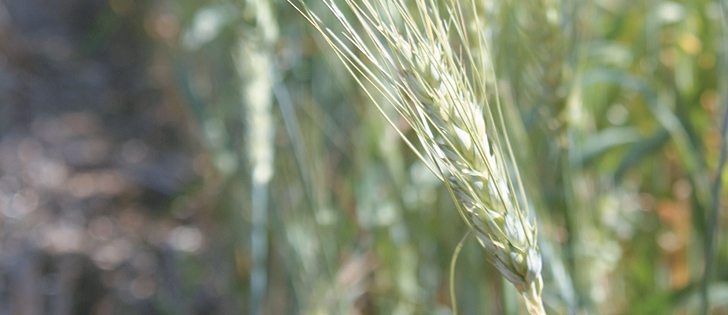Thousands of cattle will head home to Alberta this fall after spending the summer in Saskatchewan.
In the northwest region alone, 23,000 to 26,000 cattle from Alberta graze in Saskatchewan each summer.
Each time the cattle move over the border, their owners are required to pay inspection fees. Some producers say that is one cost provincial governments could try to cut, particularly for those who own land in both provinces.
Saskatchewan charges $1.65 per head for livestock inspection, while Alberta charges $1. When cattle return to Alberta, that province provides a 50 cent rebate, making the cost $2.15 per head.
Read Also

StatCan stands by its model-based crop forecast
Statistics Canada’s model-based production estimates are under scrutiny, but agency says it is confident in the results.
Last fall, the Canadian Federation of Independent Business wrote to Alberta agriculture minister George Groeneveld suggesting the fee be waived when cattle are moving for grazing purposes only.
“We have members who are currently paying thousands of dollars each year to move their cattle for grazing purposes,” said the CFIB. “A livestock manifest must be completed, a time must be booked to accommodate the brand inspectors to inspect the manifest and the cattle and then a fee of $1 is charged for each animal inspected.
“They are being penalized for simply owning pasture land on both sides of the border.”
Alberta’s inspection is handled by Livestock Identification Services.
Like Saskatchewan, Alberta waives the fee for cattle that are pastured in operations that span the border.
There is only one fee for cattle with a one-way ticket to an auction mart or packing plant.
In Saskatchewan, officials are looking at the cost to see where and why it is a concern and what could be done.
Cam Wilk, provincial field services manager, said the fee goes into a revolving fund that pays for the inspection service. Producers in each province benefit from that inspection because it establishes ownership, particularly important when the Alberta cattle leave to go home.
There are more than 290 strays sorted out of Alberta cattle in a typical year, Wilk said.
“About $170,000 worth of livestock is retained.”
He said grazing rates in Saskatchewan are generally lower than Alberta’s so the inspection cost could be factored into the decision to move cattle.
He added producers who move their cattle from one province to another without an inspection run the risk of a fine. A livestock manifest is required under the Livestock Inspection and Transportation regulations.
Wilk also said that when Alberta cattle are returning home, Saskatchewan tries to streamline the process to allow the herd to be assembled and inspected all in one day. After the inspection, the owner has seven days to transport the animals.

















